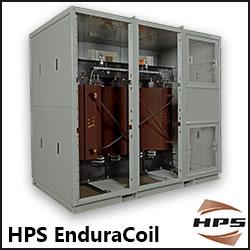Google Invests $38.8 Million in Wind Farm
It is the first of its kind for Google and the company may use the extra energy to power, at least partially, its many data centers. “On Friday we made our first direct investment in a utility-scale renewable energy project — two wind farms that generate 169.5 megawatts of power, enough to power more than 55,000 homes,” Rick Needham, Green Business operations manager at Google, wrote. “These wind farms, developed by NextEra Energy Resources, harness power from one of the world’s richest wind resources in the North Dakota plains and use existing transmission capacity to deliver clean energy to the region, reducing the use of fossil fuels. Through this $38.8 million investment, we’re aiming to accelerate the deployment of renewable energy — in a way that makes good business sense, too,” he added.
Comments (1)
Featured Product

